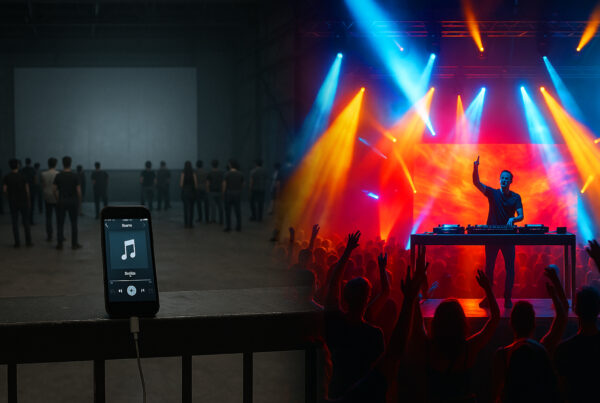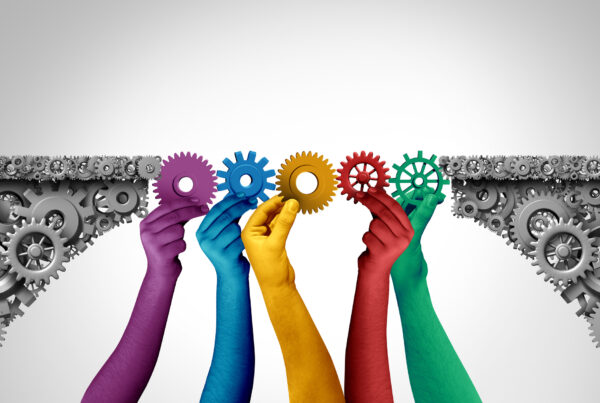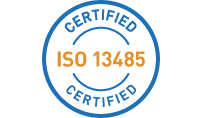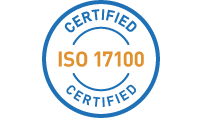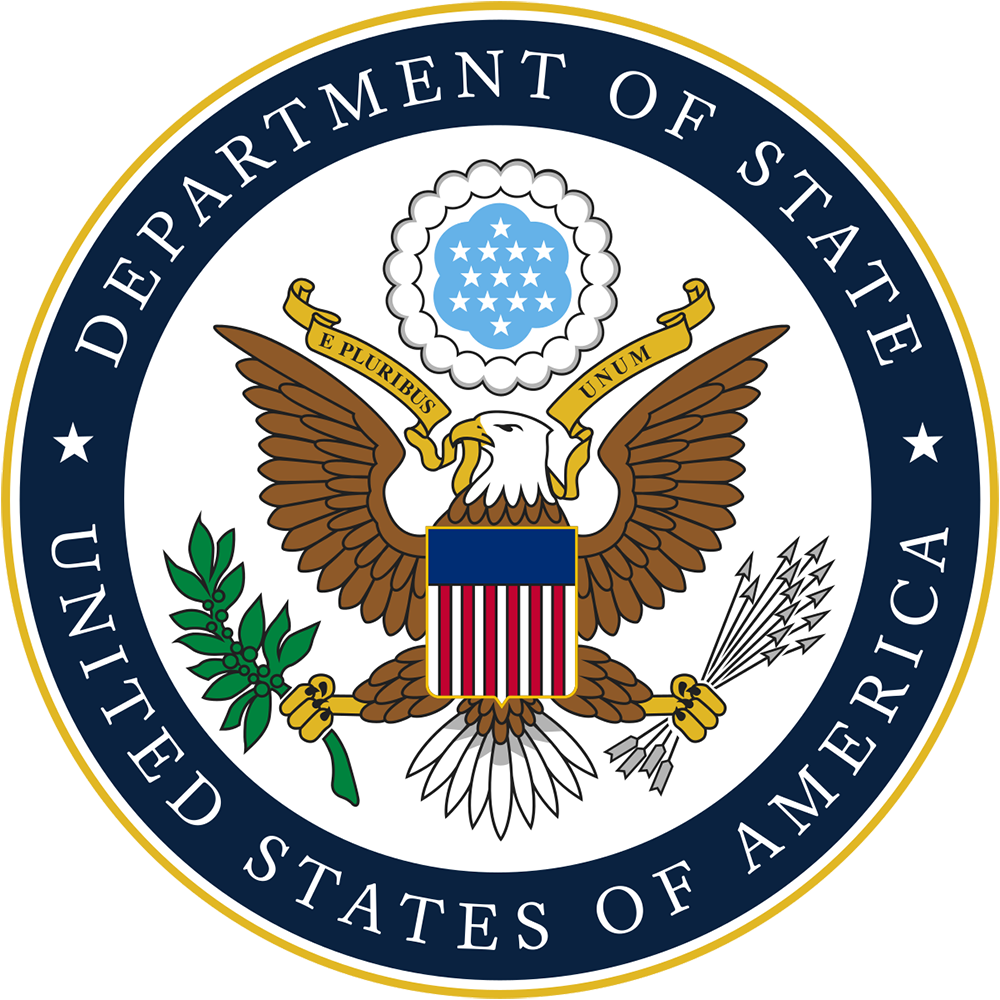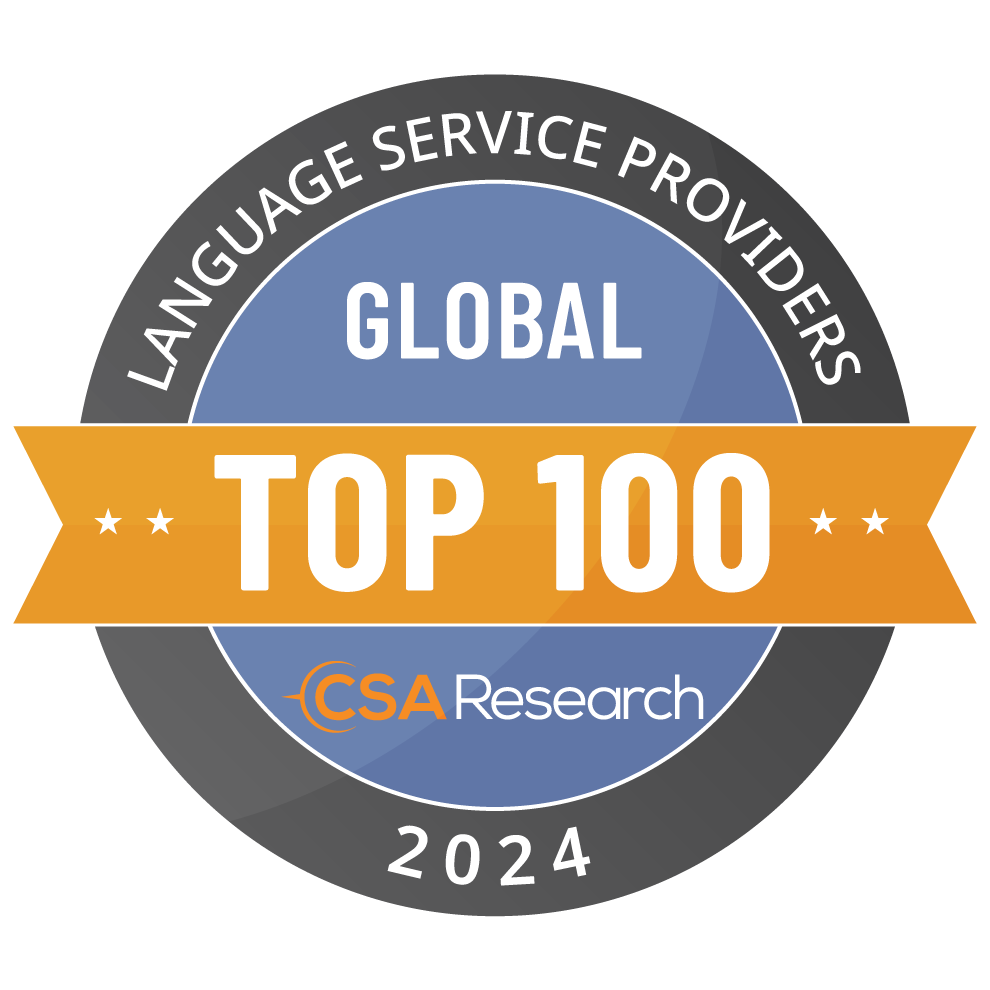
What Exactly are Transcreation Services? If you are like most people, you want a clear definition of transcreation that explains the differences (and similarities) between translation, localization, and transcreation. The main distinction between the three services is how they reach, engage, and impact your foreign markets.
Localization includes translation, whereas transcreation includes translation and localization, making your message more likely to hit the bull’s eye of its target market.
- Translation converts content while maintaining literal accuracy across languages.
- Localization adapts content to suit a specific foreign market.
- Transcreation recreates content to resonate culturally with a local market.
How transcreation creates content
- Creating content from ideas
Marketing departments often brainstorm new concepts to sell or position a product. Different ideas are tossed around until a few are chosen as potential fits for the intended audience and launch strategy. Once a consensus has been reached on which concept is the right one to use, it’s time to start finalizing the wording, graphics, and any other media that will be used to complete the picture.
MediaLocate has worked with several marketing agencies and in-house creative teams on the client side to put together a creative brief that will be used as the basis for the transcreation project. The creative brief is an excellent way for transcreation to understand what the intended meaning, message, image, and tone should be in the target market.
In the same way that the concept is born during the brainstorming session for the domestic market, the transcreation resources need to be given the same level of leeway and creativity in adapting the messaging to suit their target markets. MediaLocate’s transcreation teams are composed of creative writers, marketing professionals, and translators with years of experience rendering culturally nuanced promotional texts, slogans, brand names, ad copy, and other texts into their native languages. While technical translators generally need to stick as close to the source text as possible, transcreators can adapt the messages and concepts to their native language, country, and market. Certain metaphors, ideas, and sometimes even key information may need to be removed or replaced with a more locally appropriate set of ideas. The resulting transcreated text may have a completely different structure than the original concept. - Adapting existing content
Sometimes, transcreation projects involve a finalized, “international-ready” source text. We see this often with brands that are firmly established in one market and ready to branch out globally. We also get many requests to help with new product launches, new ad campaigns, or the rebranding of an existing company or product line. While the initial phase will be different from the creative brief, we still recommend an initial session to help us understand the overall intent of the messaging and business needs.
Our Recommendations for a great transcreation
Using simple online tools, our team works hand-in-hand with your experts to craft an accurate, authentic, and strategically targeted final product.
- Enabling the editing and reviewing process
As with any creative process, transcreation is an iterative process. We encourage clients to use their in-country resources to help vet our transcreation drafts. The client-side resources will work with our transcreation resources. We have found that bouncing ideas off of at least two creative writers in the target language yields better results than relying on just one transcreator to handle all of the client’s messaging’s linguistic, cultural, technical, and marketing nuances. - Choosing simple file formats
Given the back-and-forth nature of the process, a successful transcreation project requires using simple, intuitive, and easily accessible file formats. Anything as complicated as Excel, InDesign, FrameMaker, XML, HTML, or any other formats that might require special programs or could complicate editing should be avoided. Instead, we strongly recommend using Microsoft Word Online or Google Docs. This way, anyone with a browser can access it, add their comments, and not need to worry about the format.
Costs and benefits of Transcreation
Transcreation will generally cost more than translation. However, if you have a new product name, slogan, positioning statement, or other creative copy and want to have it translated and ready for your upcoming international launch, you can certainly go the translation route. You will most likely save some time and money.
We had a French client recently who wanted to have their human resources web pages translated into English. The company is in the digital imaging industry and develops highly specialized products for various vertical markets. The brand is known in the French-speaking world for its consistently high standards. One of the key messages on their HR site was their “Culture d’éxigence,” and the company was having difficulty thinking of how to translate that concept into English. A simple translation would have been produced.
“culture of high demands” or “culture of high standards,” and the company did not want to use the notion of “high-performance culture” as the founders felt it was too cold.
In our sessions with the client, we learned we wanted to infuse the idea of being a committed and passionate team member. Our transcreators proposed a “passion for excellence,” and the client loved it. So did their English-speaking sales and marketing staff. Then, we proceeded to adapt the rest of the site, including the benefits pages, job descriptions, videos, and other promotional content, to align with looking for inspired, passionate, and technically adept people. The client ended up using the notion of “passion for excellence” in their brochures, product briefs, and other promotional content. And of course, we ended up transcreating all of this content to ensure that the overall messaging was consistent and culturally appropriate in the English-speaking market.
Translation vs Transcreation
Let’s look at a simple comparison, a type of cost-benefits equation, between selecting transcreation or translation as your process to ensure a successful international launch:
| Basic Translation | Transcreation | |
| Cost | $200 | $1,000 |
| Units Sold | 50 | 5,000 |
| Translation Savings | $800 | -$800 |
| Global Revenue | $50,000 | $5,000,000 |
| ROI | $49,800 | $4,999,000 |
Would you like to get more information or a custom quote?

